Talk to us 01666 504 015 or email: info@thesolidwoodflooringcompany.com

- Flooring Range
- View All
- American Black Walnut Flooring
- American Maple Flooring
- Band Sawn Oak Flooring
- Basketweave Parquet
- Carbonised Oak Flooring
- Chevron Parquet Floors
- Composite Decking
- Dark Oak Flooring
- Engineered Wood Floors
- Fumed Oak Floors
- Grey Oak Flooring
- Sustainable Herringbone Parquet Floors
- Impervia Flooring
- Impervia Herringbone
- Impervia Planks
- Impervia Tiles
- Laminate Flooring
- Light Oak Flooring
- Plank Flooring
- Porcelain Tiles
- Trident Laminate Flooring
- White Oak Flooring
- Wood Flooring Collection
- Bespoke Parquet Panel
- Bespoke Stairs
- Extra Wide Flooring
- Accessories
- Adhesives
- Sustainable Timber Flooring
- Architects & Designers
- Flooring Inspiration
- Technical information
- Ryder International Limited
- Impervia Luxury Flooring
- Showrooms
- Ascot Showroom Lavistock Barns
- Teignmouth Showroom LA Flooring
- Gibraltar Showroom
- Virtual Consultation
- Architects & Designer Wood Book
- Clerkenwell Design Week Annual Events
- Deliveries and returns
- Terms & Conditions – Consumers
- Terms & Conditions – Trade
- Storage, Fitting and Maintenance Instructions
- About Us
- Testimonials
-
Engineered Wood Flooring
- White Oak Flooring
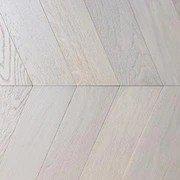
- Light Oak Flooring
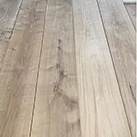
- Grey Oak Flooring
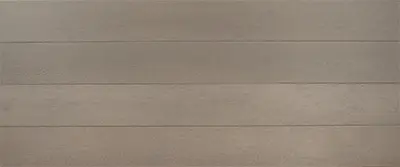
- Dark Wood Flooring
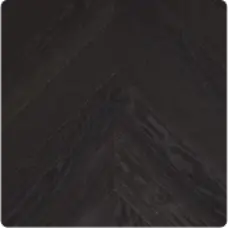
- Fumed Oak Floors
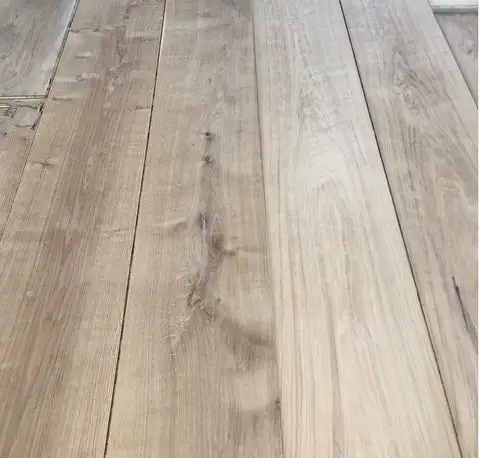
- Carbonised Oak Flooring
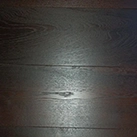
- Sustainable Herringbone Parquet Floors
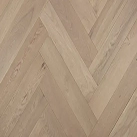
- Chevron Parquet Floors
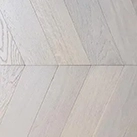
- Basketweave Parquet
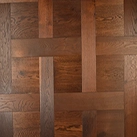
- Engineered Wood Floors
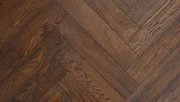
- Composite Decking
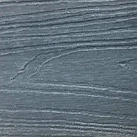
- American Black Walnut Flooring
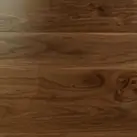
- American Maple Flooring
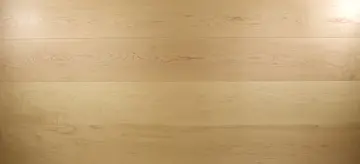
- Band Sawn Oak Flooring
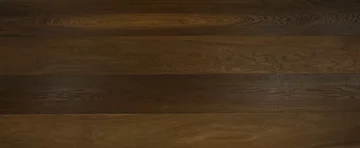
- Plank Flooring
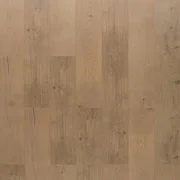
- Bespoke Parquet Panel
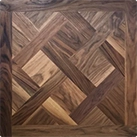
- Bespoke Stairs
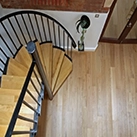
- Extra Wide Flooring
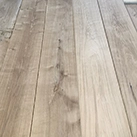
- Impervia® Luxury Flooring
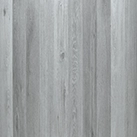
- Impervia Herringbone
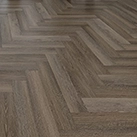
- Impervia Planks
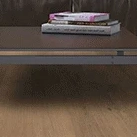
- Impervia Tiles
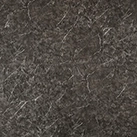
- Trident Laminate Flooring
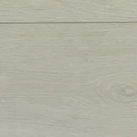
- Porcelain Tiles
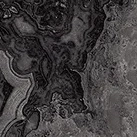
- View All
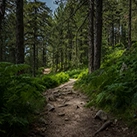
- White Oak Flooring
- Flooring Accessories & Adhesives
Talk to us 01666 504015 or Email us
- Sustainable Timber Flooring
- FSC®
- PEFC™
- Gone West Tree Planting
- FloorScore
- Sustainability News
- Architects & Designers
- NBS Source Specification Platform
- Commercial Wood Flooring
- Bathroom Wood Flooring
- Kitchen Wood Flooring
- Flooring For Developers
- Flooring For Contractors
- Value Engineering Flooring
- How can we help
- Designs created
- Wood Book
- CPD
- Technical Downloads
- Additional Information
- Certificates for Sustainable Wood Flooring
- Satra Test Results
- Type Testing Results
- Understanding Wood
- Wood Flooring Manufacturing
- Screeds and Site Conditions
- Wood Floor Installation
- Chevron and Herringbone
- Wood Flooring Grading
- Subfloors for Wood Flooring
- How to Get The Perfect Level Floor
- Underfloor Heating
- General Information
- Cleaning and Maintenance For Flooring
- Product innovation
- Impervia® Luxury Flooring
- Ryder International Limited
- Impervia Luxury Flooring
- Showrooms
- Ascot Showroom Lavistock Barns
- Teignmouth Showroom LA Flooring
- Gibraltar Showroom
- Virtual Consultation
- Architects & Designer Wood Book
- Deliveries and returns
- Terms & Conditions – Consumers
- Terms & Conditions – Trade
- Storage, Fitting and Maintenance Instructions
- About Us
- Testimonials
Talk to us 01666 504015 or Email us

